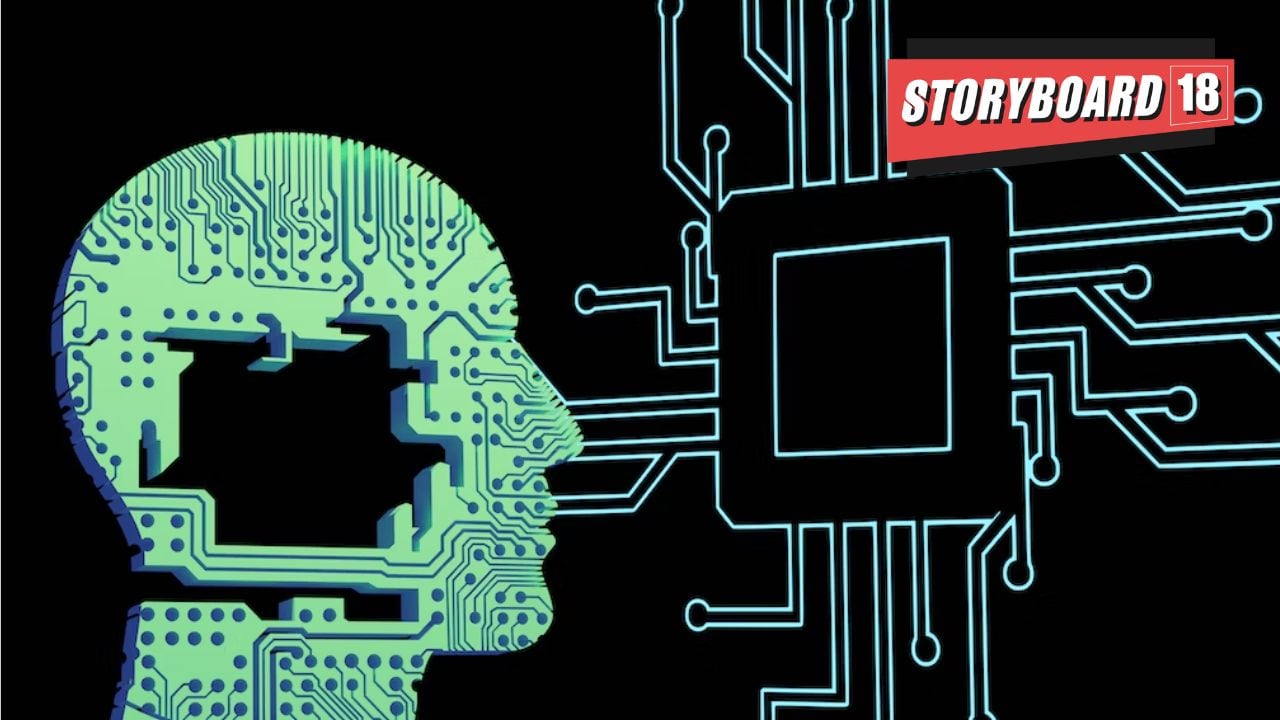AI has undeniably made a significant impact on the content industry, revolutionizing the way creators produce and distribute their work. Technologies like Dalle2, ChatGPT, and Midjourney have enabled designers, writers, and artists to generate content at an unprecedented pace by harnessing the power of artificial intelligence. AI-driven art and transformation present numerous advantages and opportunities for the creative landscape. Firstly, AI technologies enable artists to explore new realms of artistic expression and push the boundaries of their creativity. AI tools can generate unique visual styles, compose music, and even write poetry, offering artists novel sources of inspiration and expanding their artistic horizons.
The second benefit of AI-driven art is that it makes creation more accessible and democratic. Thanks to AI tools and platforms, people can engage in artistic endeavors and creative expression even if they lack traditional artistic skills or funding. Because of its openness, the art world can recognize and honor all viewpoints and opinions.
By automating specific jobs, such as color correction, image modification, or repetitive design processes, AI can also improve the effectiveness and productivity of artists. The time and energy saved by this automation allow artists to concentrate on their work’s more intricate and innovative components.
The art market could transform thanks to AI, opening up new commercial options. AI can help discover market trends, target audience preferences, and optimize marketing tactics through data analysis and predictive modeling. This can aid artists and other creative professionals in better understanding their audience, reaching new markets, and efficiently monetizing their work.
The AI-driven change in the arts presents enormous opportunities for creativity, accessibility, and aesthetic inquiry. Artists can use AI as a potent tool to improve their creative process, interact with various audiences, and open up new spheres of artistic expression by adopting these technologies.
Real artists possess the ability to infuse their work with genuine emotions, unique storytelling, and a deep understanding of the human experience. AI has dominated everything in the modern, technologically advanced world. Even though it has drawbacks, we cannot discount what it offers. The content may lack the depth, subtlety, and nuance that comes from the human touch. To address these concerns, it is crucial to strike a balance between AI and human creativity in the content industry. Real content creators should embrace AI as a tool to enhance their creative process rather than replace it. By leveraging AI to augment their capabilities, artists can explore new possibilities, expand their reach, and create innovative works that blend human imagination with the power of technology.
Furthermore, ethical considerations must be at the forefront of AI implementation in the content industry. Designers and content creators should actively address algorithmic bias, curate training data, and ensure diverse perspectives are represented. They should also advocate for the responsible use of AI, prioritizing transparency, privacy, and the protection of intellectual property rights.
Recognizing this need, we introduced a simple yet crucial tool for self-authentication, called The Authenticons – unique text-based symbols which will serve as visual indicators that authenticate the origin of content. By incorporating these Authenticons across various mediums and platforms, creators, and consumers both can confidently discern whether the content is human-made, AI-generated, or a result of collaborative efforts.
This system will play a pivotal role in distinguishing between human and AI contributions in the advertising and creative sectors. Additionally, the art, music, technology, healthcare, and education industries can embrace The Authenticons, aligning themselves with the ethical aspects of the AI evolution in the digital sphere. A simple practice can reduce any future harm that may stem from misinformation, plagiarism, and the spread of fears born from propaganda.
In conclusion, while AI has driven remarkable advancements in the content industry, concerns for real artists persist. The commodification of art, algorithmic bias, job displacement, and the erosion of emotional depth are among the issues that demand our attention. By acknowledging these concerns and adopting an ethical approach that combines the strengths of AI with human creativity, we can ensure a future where technology and art coexist harmoniously, benefiting both creators and audiences alike.
Chirag Gander is the co-founder and director at The Minimalist, creative solutions group. Views expressed are personal.
